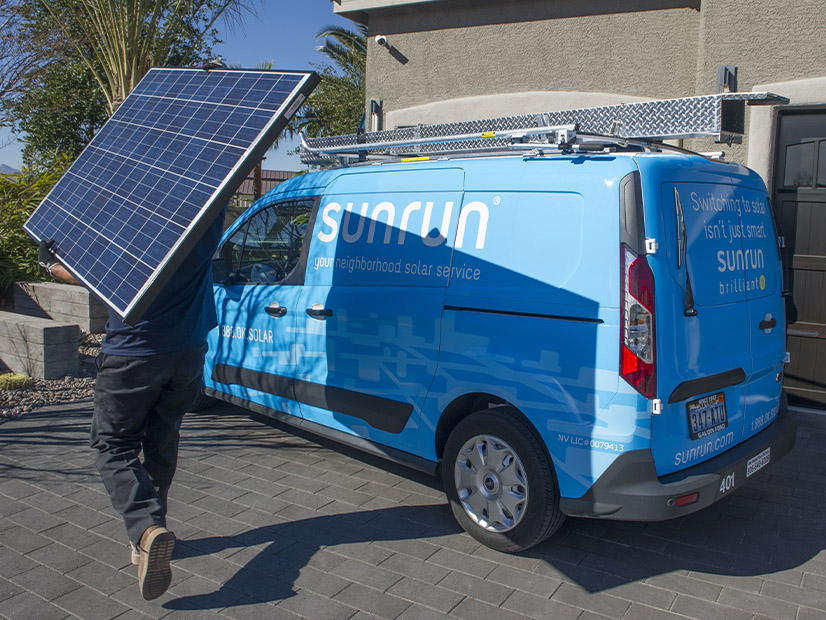Sunrun (NASDAQ:RUN) is calling its first year in the ISO-NE capacity market a success.
From June to August, the company’s virtual power plant (VPP), made up of thousands of home solar systems across New England, sent more than 1.8 GWh of energy back to the grid, the company said in a recent press release.
The capacity agreement made with ISO-NE back in 2019 was the first of its kind, according to Sunrun.
Chris Rauscher, the company’s senior director of market development and policy, said the VPP was successful at sending power back to the grid on the hottest days, replacing output from fossil fuel peaker plants.
“To operate [a virtual power plant] is to really find that balance, the sweet spot, providing value to the electricity grid and all customers on the grid, and retaining the fundamental customer value … for families who have solar in their homes,” he said.
It’s part of a vision for demand response that has ISO-NE leading in some ways: The grid operator’s passive on-peak DR pathway was what let Sunrun achieve its first-in-the-nation entrance into a capacity market.
“We were the tip of the spear,” said Rauscher. “In the ensuing years, there’s been way more interest from [distributed energy resources], and batteries in particular, in entering the market. We helped prove it was possible.”
2222 Filings Closing the Door?
There’s fly in the ointment for the grand plans of Sunrun and other companies trying to replicate its approach: Order 2222 compliance filings from grid operators that they say aren’t living up to the promise of a “new day” for DERs.
“At this point, we’re feeling disappointed in 2222,” Rauscher said.
For example, NYISO has proposed a 10-kW minimum system limit on DER participation in the markets, which Rauscher says would “obviously completely prevent any residential resource from participating in aggregation.” (See NYISO 10-kW Min for DER Aggregation Participation Riles Stakeholders.)
Sunrun isn’t waiting for FERC to finish ruling on the regional compliance filings though: It’s making plans to increase its work directly with utilities, in so-called “bring-your-own-device” programs.
Unlike working in a capacity market on the supply side, BYOD programs involve working with states and utilities on the demand side.
An entity like Green Mountain Power, a Vermont utility that Sunrun has been working with, will coordinate with Sunrun to dispatch its batteries in the service area when peak demand comes, reducing the amount that its customers owe.
“That’s a really good model, and we really like doing that. But it is different because those savings are constrained to a single load-serving entity as opposed to spread across the market,” Rauscher said.
And there’s another issue: As more states and utilities start utilizing that type of demand program, the ones that don’t have them will be left “increasingly holding the bag,” Rauscher said.



